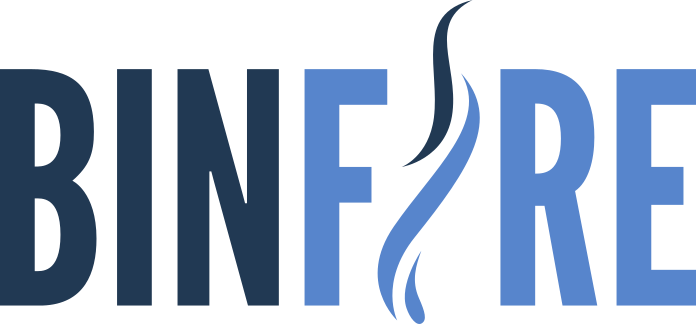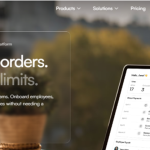Sick days are part of work life. But getting a note from a doctor used to be a hassle. You had to call the office, wait for an appointment, and sometimes sit in a crowded waiting room. That meant wasted time and added stress, especially if you were feeling sick.
Telemedicine is changing all of that. Now, employees can connect with a doctor online, often in just a few minutes. Video calls, chat options, and apps let you speak with a licensed professional from your home. No more trips to the clinic when you are sick or contagious.
Faster Access to Care
The speed is a big win. With telemedicine, a doctor can quickly evaluate your symptoms. They can review your health history, ask questions, and make a diagnosis without you leaving your bed. This makes getting a sick day note faster than ever.
You don’t have to wait for days for an appointment. Many platforms allow same-day visits. Some even let you schedule in the morning and see a doctor within hours. This means you can focus on resting instead of worrying about paperwork.
Accessibility for All Employees
People who live far from clinics or have mobility challenges now have an easier path to care. Rural employees or those without reliable transport no longer face a barrier to submitting proof of illness. Telemedicine bridges the gap and keeps work flowing smoothly.
It’s also helpful for parents. If your kids are sick and you need to stay home, you can still access care online. You don’t have to juggle multiple trips to the clinic. This flexibility keeps families and work on track.
Consistency and Record Keeping
Online platforms often keep records of visits. That means your sick days, notes, and communications with the doctor are all in one place. HR teams can quickly verify absences without chasing paper forms or making phone calls.
Companies also get more reliable tracking. When records are digital, there is less chance of lost or misplaced notes. It simplifies audits and ensures everyone is following the same policy.
Privacy and Security
Many telemedicine platforms use secure connections to protect your data. You can share sensitive health information without worrying about it being exposed. This builds trust between employees and employers while still meeting compliance needs.
Employees can also choose how their information is shared. Some platforms allow notes to go directly to HR while keeping personal health details private. This balance makes telemedicine safer than traditional methods.
Simplified Documentation
Instead of a printed note, doctors can send digital documents directly to HR or your email. Employees get proof immediately, and companies get a record they can store safely. Some platforms even let you submit your note right from the app, saving steps for everyone involved.
Digital documentation also reduces errors. Handwritten notes can be misread or incomplete. Online notes are clear, standardized, and easy to store. This benefits both employees and HR staff.
Cost Savings for Companies
Telemedicine visits are often cheaper than in-person appointments. Fewer employees in the office while sick means less risk of spreading illness and fewer disruptions to productivity. It also keeps healthcare costs manageable by reducing unnecessary trips to urgent care or emergency rooms.
Companies can also cut costs on admin work. With digital notes, HR doesn’t need to scan, file, or verify paperwork manually. Time and money are saved, making telemedicine a win for everyone.
Digital Doctors Notes
Near the middle of your workflow, digital documentation plays a major role. Services like doctors note for work let you quickly get a legit note without leaving your home. This makes it easier to follow company policies and reduces friction between employees and HR. Employees get proof fast, and HR gets the documentation they need to track sick days.
This service ensures notes meet professional standards. They are accepted by most employers and can be submitted digitally or printed if needed. It removes uncertainty about whether your absence will be approved.
Shaping Employee Expectations
Employees now expect fast, easy access to care. Companies that provide digital options show they value staff wellbeing. Offering these tools can improve morale and make people feel supported, even when they are under the weather.
Remote teams also benefit. Employees working from home or in different states can still get proper documentation without traveling. This keeps policies fair and consistent across locations.
Future of Telemedicine
The technology continues to evolve. Some platforms now integrate symptom checkers, reminders, and follow-up options. This keeps care organized and ensures employees don’t miss critical steps. Future updates could include AI tools to streamline documentation, track trends in absences, and even suggest preventive care tips.
Telemedicine may also expand into mental health and chronic illness management. Employees could access care for stress, burnout, or ongoing conditions without leaving work. This could reduce long-term absences and improve overall productivity.
Final Thoughts
Telemedicine turns a once-tedious process into something simple. Employees get care quickly, submit proof efficiently, and recover without added stress. Employers gain clarity, save time, and maintain workflow continuity. Sick days no longer have to be a headache, and work can go on smoothly.
Telemedicine is not just a convenience—it is reshaping the way workforces manage illness. As adoption grows, digital proof of illness will become the norm, making life easier for employees and HR alike.




